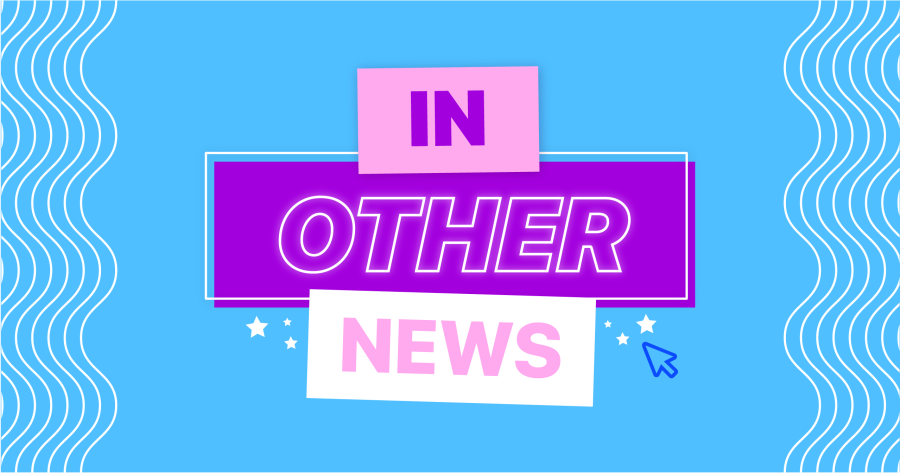This week in our digital download segment, we share with you the latest in the social media news. Keep reading to learn all about Facebook’s rebrand to Meta, Instagram opening up the link stickers option to all its users and creatives’ skyrocketing importance.
Facebook becomes Meta
Last week, Facebook CEO Mark Zuckerberg announced his company is changing its name to Meta. While Facebook, the app, will remain the same, Meta is the parent company of Facebook, Instagram and WhatsApp. The rebrand comes with a change in vision, looking to bring 3D and virtual reality to life in what they’re calling the ‘Metaverse’: a 3D space to collaborate, learn and socialise.
What does this mean?
Well, nothing… yet. All the platforms as we know it are staying the same for now, and the technology to create this ‘Metaverse’ is a while off. However, this rebrand gives us a peek into the vision of what might be yet to come. Here at PFM, it’s giving us “Ready, Player One?” vibes.
Instagram stickers for everyone
As of last week, Instagram has rolled out link stickers for everyone to share URLs directly from their Instagram stories, regardless of their follower count.
What does this mean?
Previously, the ability to “swipe up” and drive a user directly to a URL was reserved only for accounts with 10K+ followers. Now, the “swipe up” feature is dead, replaced by a link sticker and available for all accounts.
Her are some key things to consider to best leverage this opportunity:
- Make it clear: This is a new feature for people and they may not know it’s a link sticker by viewing it alone. Ensure to use call to actions (CTAs) in the actual stories themselves or arrows are pointing to the sticker.
- Change your call to actions (CTAs): instead of “link in bio”, use “click the link sticker”
- Design bespoke stickers: you can create your own “click here” sticker and use this on top of the link sticker for a more user friendly, on brand look and feel.
Creative is key with less data to play with
In a privacy-first world where consumers dictate the experiences they desire online, brands must evolve how they approach ad personalization, with the agility to adapt and leverage new tactics to build trusted connections with consumers and audiences.
But how? It’s all about creatives.
“Brands need to rely more on relevant, personalized creative delivered in the right place at the right time, with privacy-friendly contextual targeting,” says Riikka Söderlund, director of marketing at Smartly.io. “The best performing target audiences can’t be the sole focus any more as they’ve become more opaque. There is also a need to be more iterative, scaling creative production in a faster, more agile way to ensure there’s enough creative to find the ‘one’ that resonates.”
Advertisers will need to use creative, rather than specific targeting, to highlight what is unique, what stands out and what is relevant about an offer – and do this across the buyer journey, making creative compelling at every possible conversion point.
Need some expert advice on how to adapt to this post-apocalyptic, cookieless future? Give me a shout at [email protected]!

